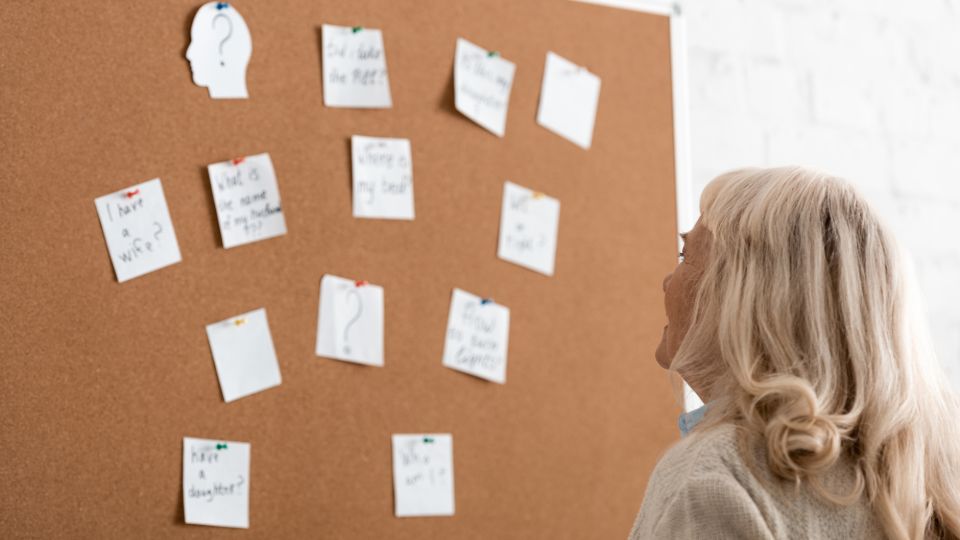What to Include in a Retrospective Template?
A retrospective is a cornerstone of agile project management, offering teams an opportunity to reflect on their recent work, identify areas for improvement, and celebrate successes. A well-structured retrospective template can guide discussions and ensure they are focused and productive. Below are the essential elements to include in a retrospective template to maximize the value of your team’s reflection sessions.
Key Elements of a Retrospective Template
1. Introduction and Purpose
Start with a brief introduction that outlines the purpose of the retrospective. This helps set the tone for the session and reminds participants of the goals:
- Reflect on the past iteration.
- Learn from experiences.
- Plan for improvements.
2. Review of Objectives
Include a section to revisit the objectives set at the beginning of the iteration. Discuss:
- Whether the objectives were met.
- Factors that contributed to or hindered success.
3. What Went Well
Provide space for team members to highlight successes during the iteration. This positive reflection:
- Reinforces successful practices.
- Boosts team morale by celebrating achievements.
4. What Didn’t Go Well
Dedicate a section to discussing challenges and obstacles encountered. Encourage:
- Honest and constructive feedback.
- A focus on identifying issues rather than assigning blame.
5. Lessons Learned
Capture insights gained from both successes and challenges. This section should explore:
- Key takeaways from the iteration.
- Lessons that can inform and improve future practices.
6. Action Items for Improvement
Include a section for actionable steps that the team agrees to implement in the next iteration. Action items should be:
- Specific and measurable.
- Focused on addressing identified issues and enhancing workflows.
7. Feedback and Suggestions
Allow space for team members to provide additional feedback or suggestions. This can include:
- Ideas for improving the retrospective process itself.
- General suggestions for enhancing team collaboration and productivity.
8. Closing and Next Steps
Conclude the session by summarizing the key takeaways and outlining next steps. This ensures:
- The discussion translates into actionable outcomes.
- Team alignment moving forward.
Benefits of Using a Retrospective Template
1. Structured Reflection
A template provides a structured approach, ensuring all important topics are addressed and discussions remain on track.
2. Improved Communication
By offering a clear framework, a template facilitates open, honest dialogue among team members, fostering a culture of trust and continuous improvement.
3. Actionable Outcomes
With dedicated sections for action items and next steps, a template ensures retrospectives lead to tangible improvements in team processes and performance.
Conclusion
Including these elements in a retrospective template can help teams conduct more effective reflection sessions. A structured framework ensures that all critical aspects of the iteration are discussed, leading to actionable insights and continuous improvement. Whether your team is new to retrospectives or looking to enhance your current process, a well-designed template is an invaluable tool for driving success.
